Launching satellites from Earth is counter-productive. You’ve got to make a satellite that can handle Earth gravity, then the brutal flight to space, then deployment in orbit. What if you could build your spacecraft in space?
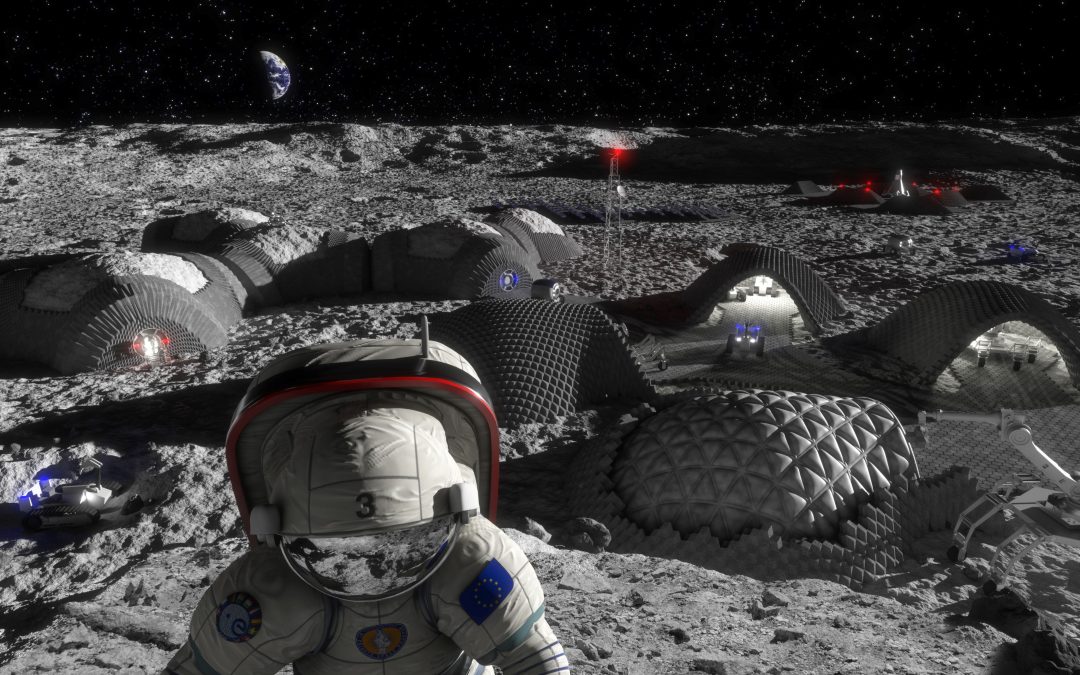

Launching satellites from Earth is counter-productive. You’ve got to make a satellite that can handle Earth gravity, then the brutal flight to space, then deployment in orbit. What if you could build your spacecraft in space?
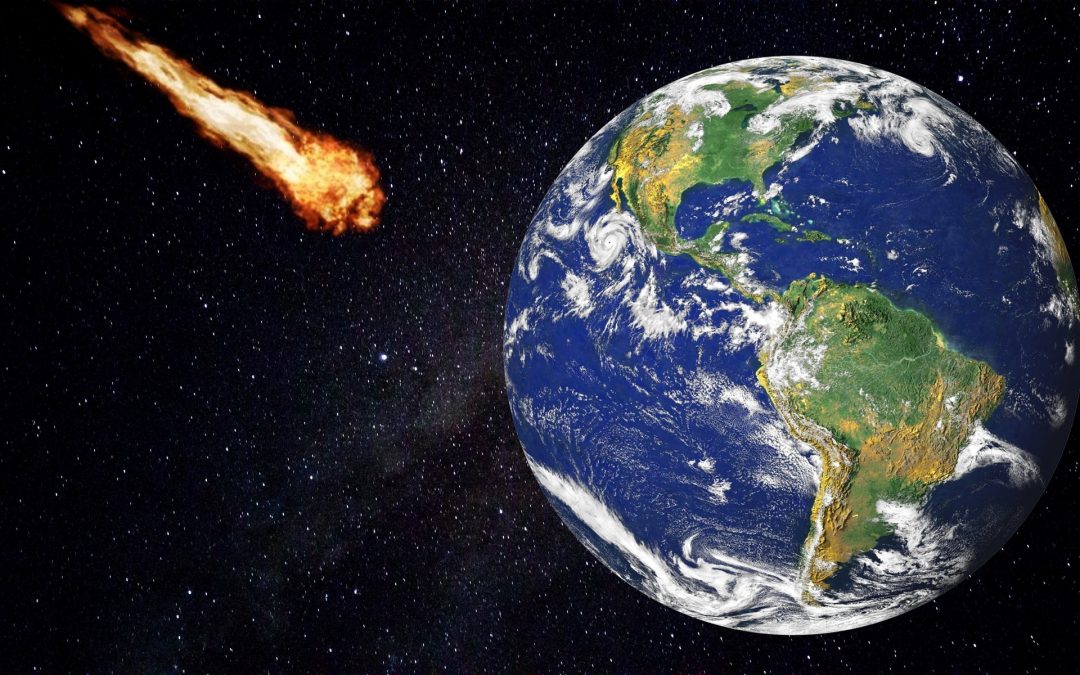
The asteroid apocalypse is one of those existential crises that keep astronomers up at night. But the DART mission showed us that we can push an asteroid off its trajectory if we have enough warning. Today we’ll talk about how humanity is building early warning systems to give us time to respond to a dangerous asteroid.
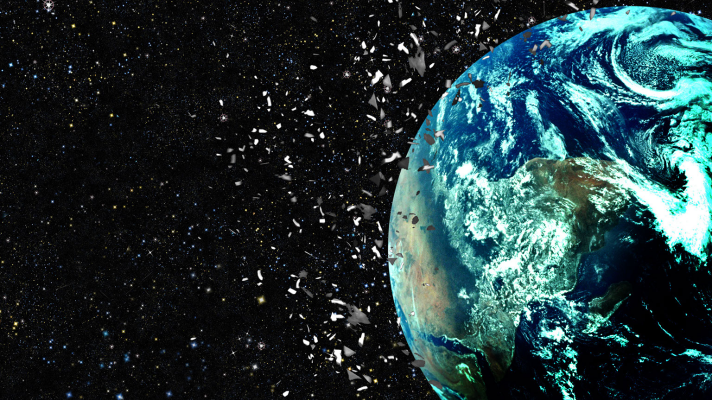
We’ve talked about the rising problem of space junk. Okay, we know it’s an issue. So what can be done about it? Today we’ll talk about ideas to remove space junk, making sure space is open to use for the centuries to come.
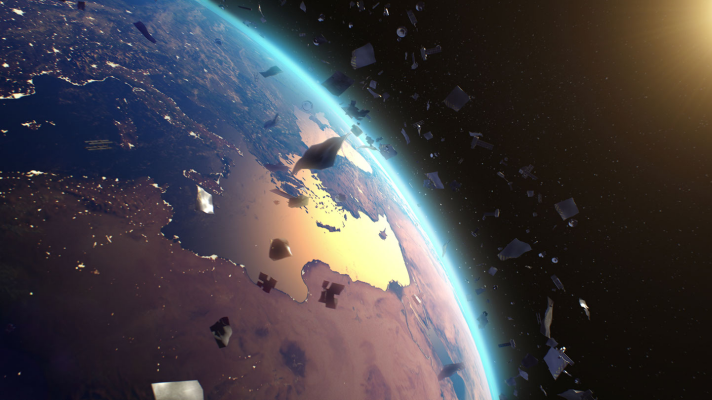
Last week we talked about the laws that govern space exploration. This week the rubber hits the road. What are the consequences for actually breaking these rules? Are they really going to stop anyone?

The Universe was inaccessible for most of human history, but the first tentative steps to space in the 20th century made humanity realize that science fiction was becoming science reality. New rules would have to be written to govern how we used this limitless expanse. Today we’ll talk about the Outer Space Treaty of 1967.
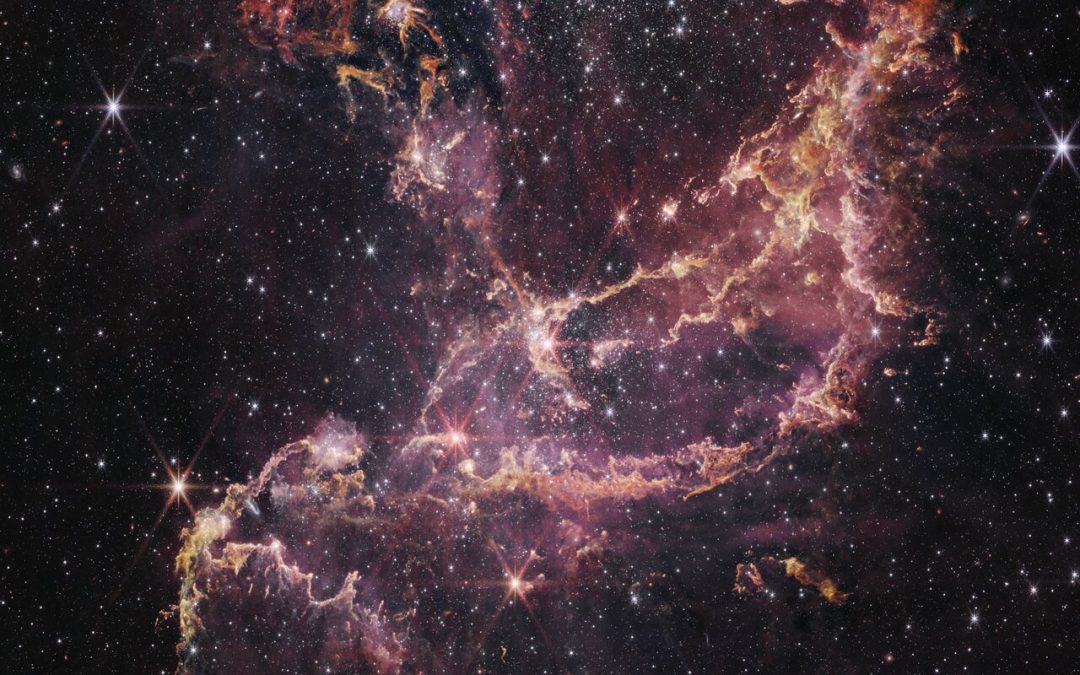
Astronomers came together in January to present their newest research, and not surprisingly, the Winter AAS meeting was heavy on news from JWST. What were some of the new results that were announced?
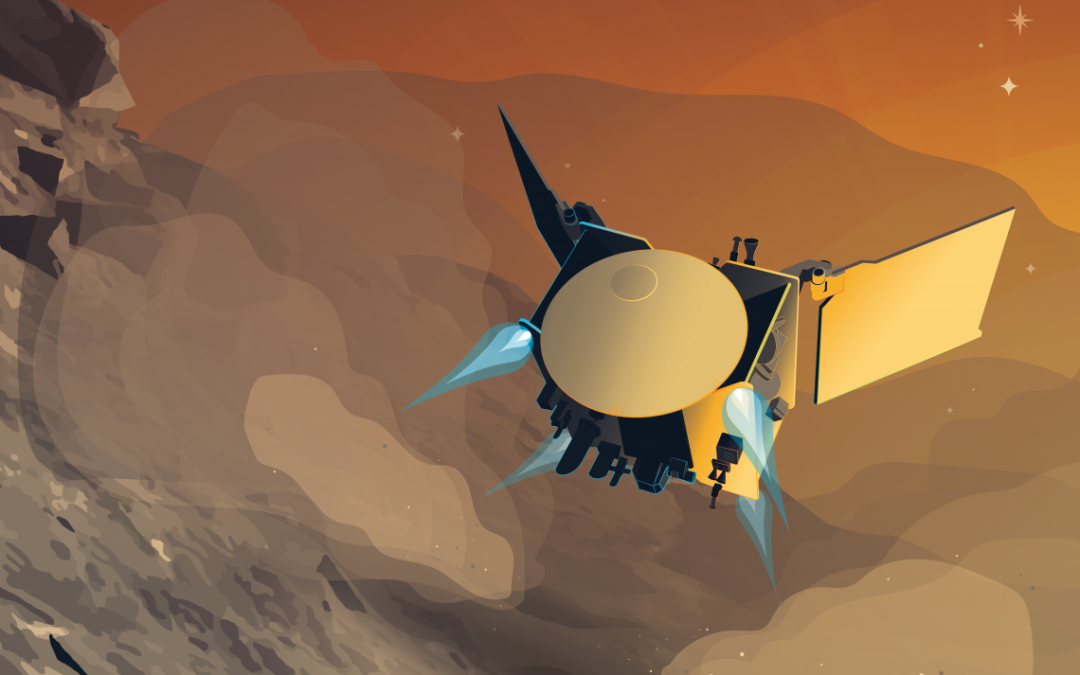
Last week we talked about the missions we’re saying goodbye to. This week, we’re going to talk about some upcoming missions to say hello to. Some are brand new ideas, others are, uh, recycled.
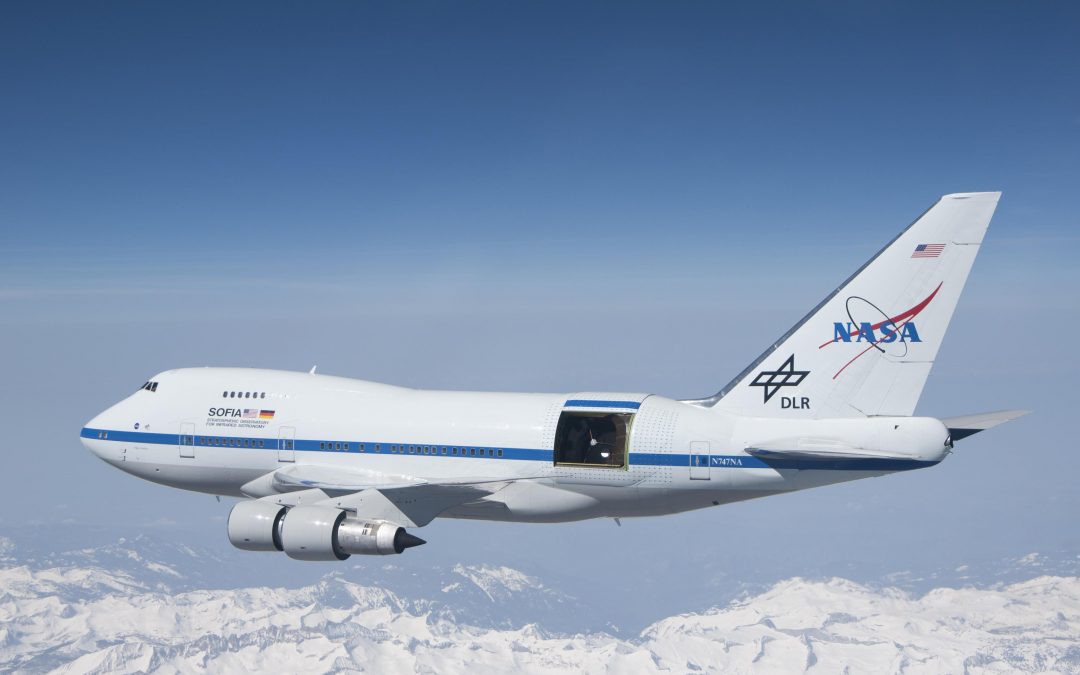
It’s always sad to say goodbye, but when we send our robotic emissaries out into the cosmos, it’s just a matter of time before they shut down. Today we’re going to say goodbye to a few missions which have reached the end of their lives. But they were very good robots.
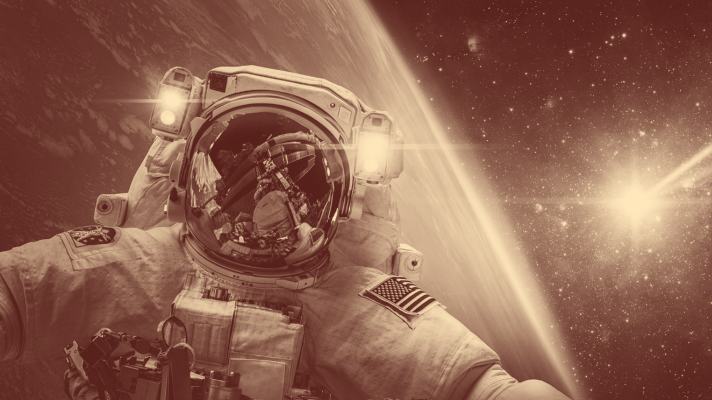
We’re recording this episode on Halloween, so how could we resist but take advantage of this opportunity. Space is already terrifying enough, you know, with the vast endless emptiness, incomprehensible mysteries, and uncaring coldness. But here are some scary stories to spook it up a notch.
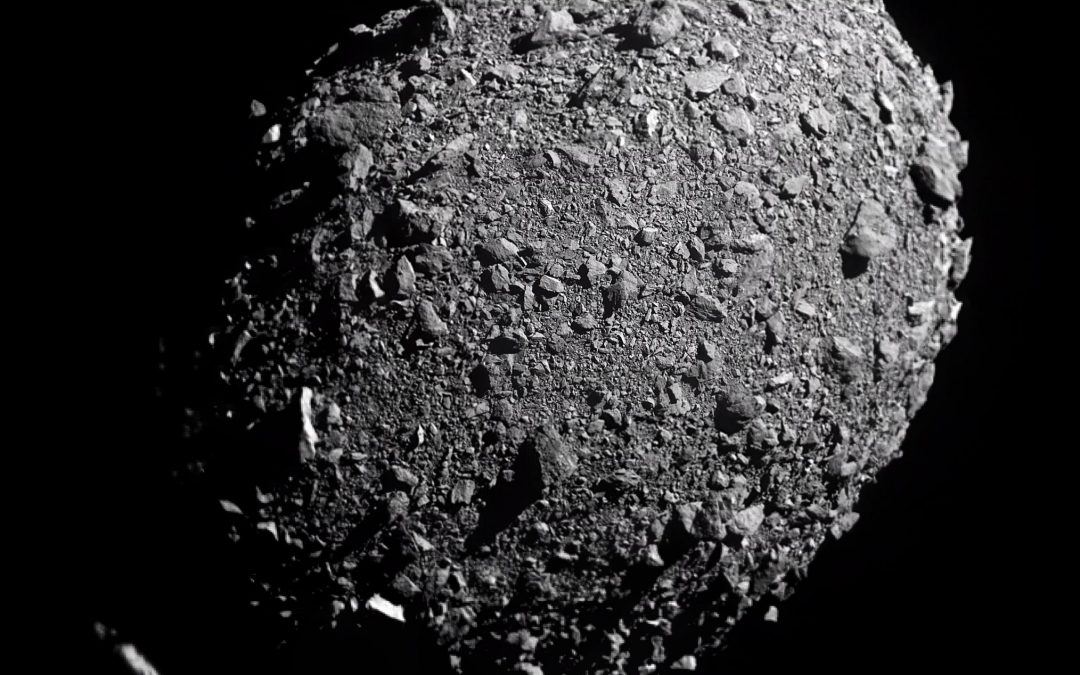
This week we saw the incredible image of DART smashing into asteroid Dimorphos. Beyond avenging the dinosaurs, what can we learn scientifically from this and other asteroid/comet impact missions?
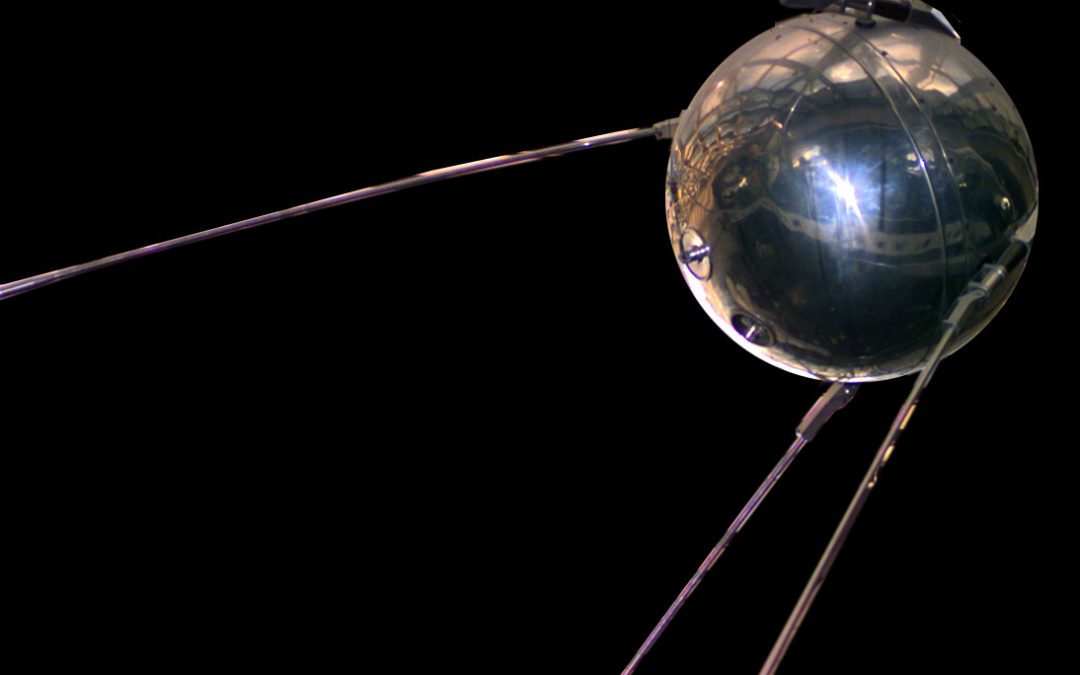
It’s been about 65 years since the Soviets launched the first orbital satellite into low Earth orbit: Sputnik 1. Now there are thousands of satellites in orbit, with tens of thousands on the way. Let’s look at the impact that Sputnik had on the history of spaceflight.
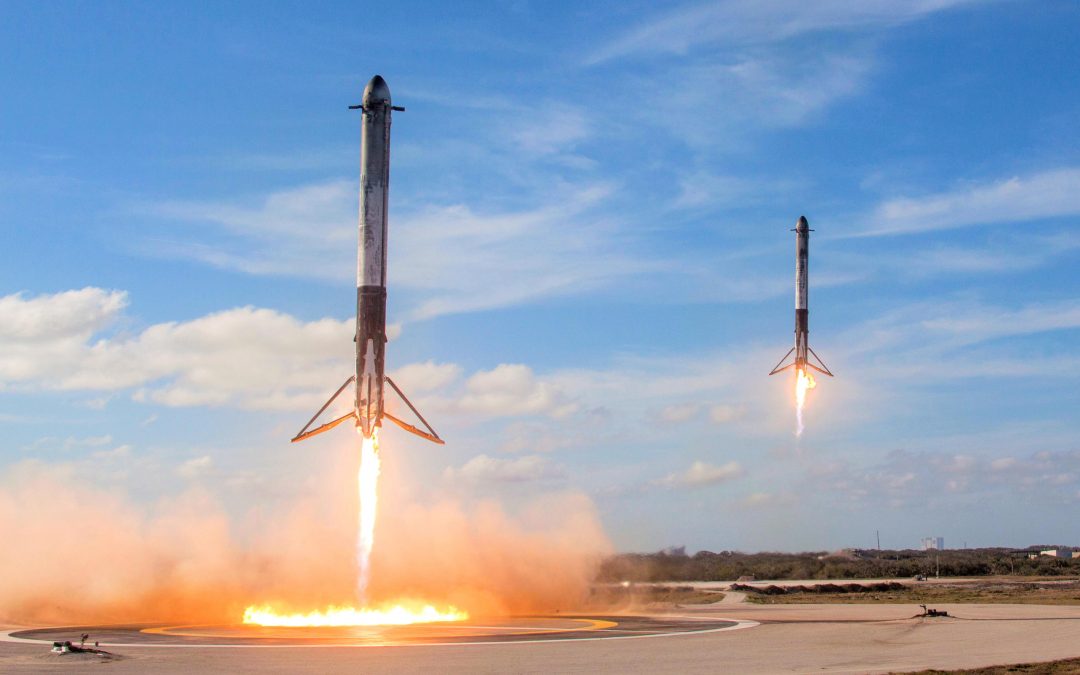
Last week we talked about how single-use rocketry has changed over time, and the role it still plays in launching payloads into orbit and beyond. Today, we’ll address the stainless steel elephant in the room and talk about the shift to reusability.
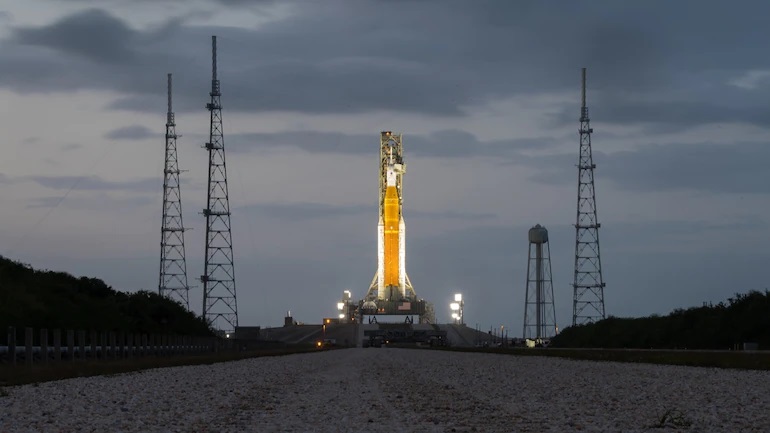
On the day that we’re recording this, NASA’s Space Launch System is about to blast off. But everyone is expecting it’ll be delayed to October. When it does launch, it’ll be the most powerful rocket on Earth. Well, until Starship blasts off. Are we about to see the end of single-use rockets and enter the era of reusable rocketry?

Well, this is it, we’re finally going to talk about the James Webb Space Telescope. After decades of development, delays and budget creep, the powerful infrared observatory is at its final home at the L2 Lagrange Point. Yesterday we saw the first scientific images from the telescope, and according to Pamela’s rules, we’re finally allowed to talk about it.
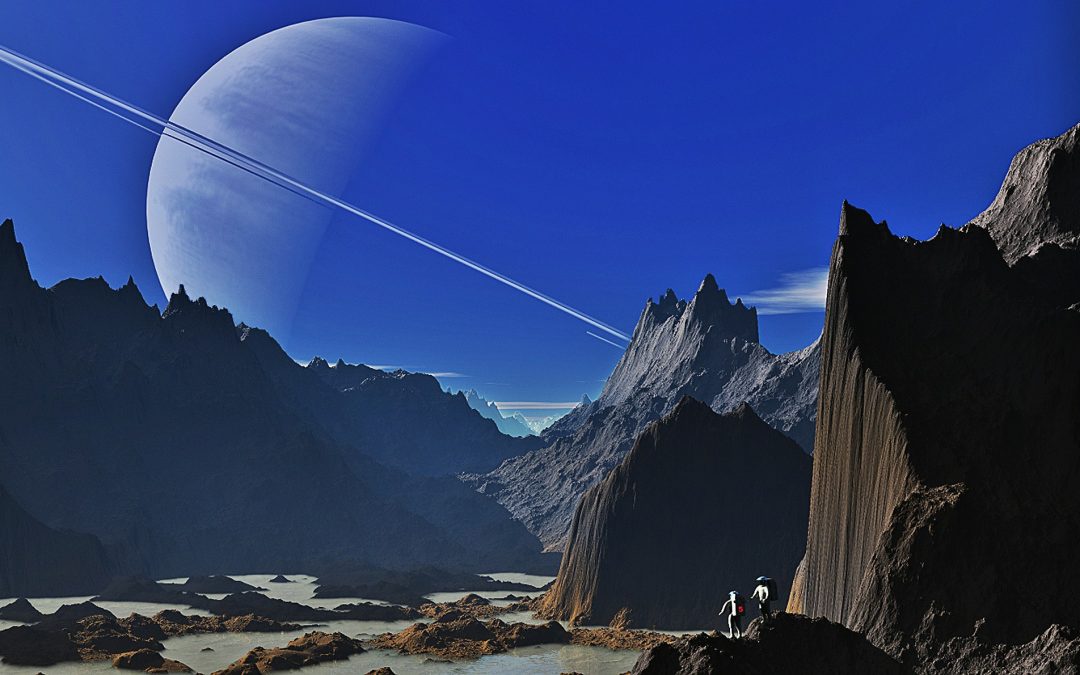
We always say that we’re living in golden age of space and astronomy, but it feels like things are just accelerating. What does the long-term future hold for our place in the Universe?
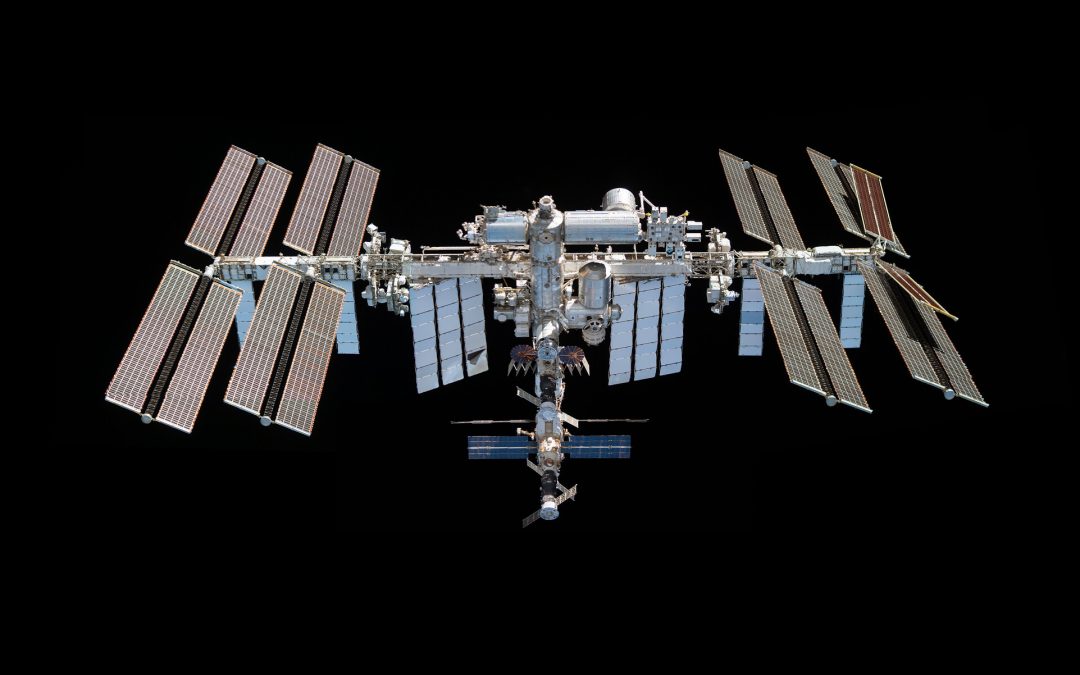
The International Space Station has been continuously inhabited for over 20 years now, serving as a peaceful collaboration between space-faring nations. But it’s a machine, and it’s getting old. In addition, the Russian invasion of Ukraine has made things complicated. What’s the future for the ISS?

All the waiting is over, we’ve finally seen the image of the event horizon from the supermassive black hole at the heart of the Milky Way. Today we’re going to explain the picture, and what’s next for the Event Horizon Telescope.

There are general-purpose telescopes and missions that astronomers can use to study specific objects. And there are survey missions that look at the entire sky, which astronomers can use to answer questions about the Universe. We’ve talked about surveys in the past, but the landscape is changing fast so it’s time for an update.
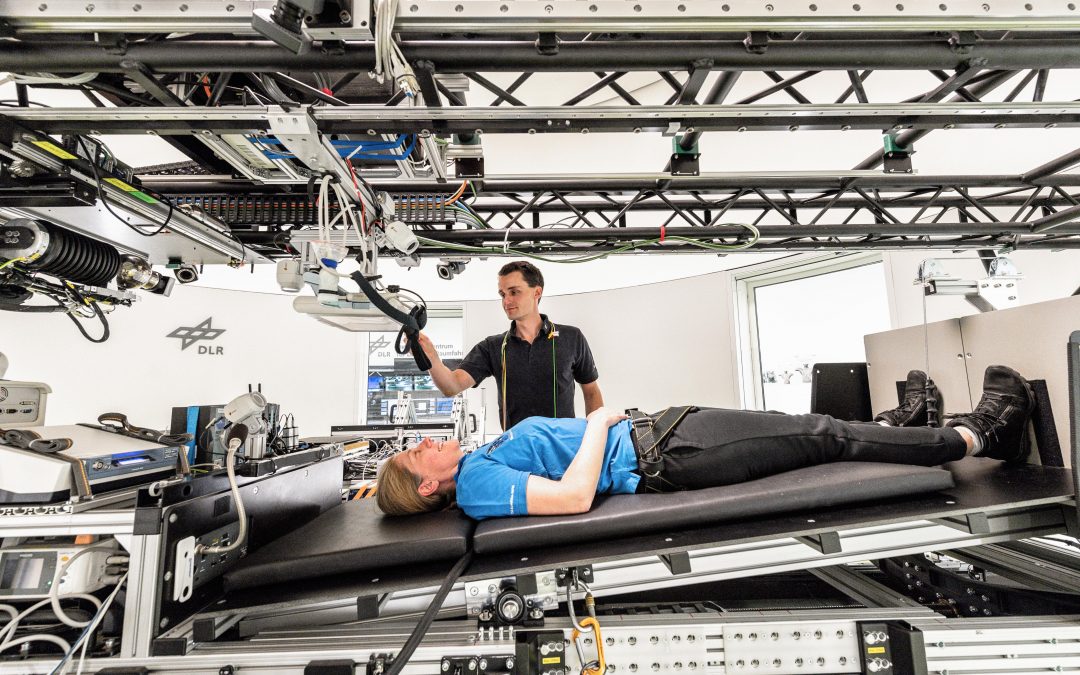
Although humans have never actually been to Mars, explorers have simulated many aspects of Mars missions here on Earth. There are missions under the ocean, on the tops of volcanoes, in the harsh Canadian north, and even in bed that simulate the limitations of spaceflight, and teach us many of the lessons to prepare us for the real thing.
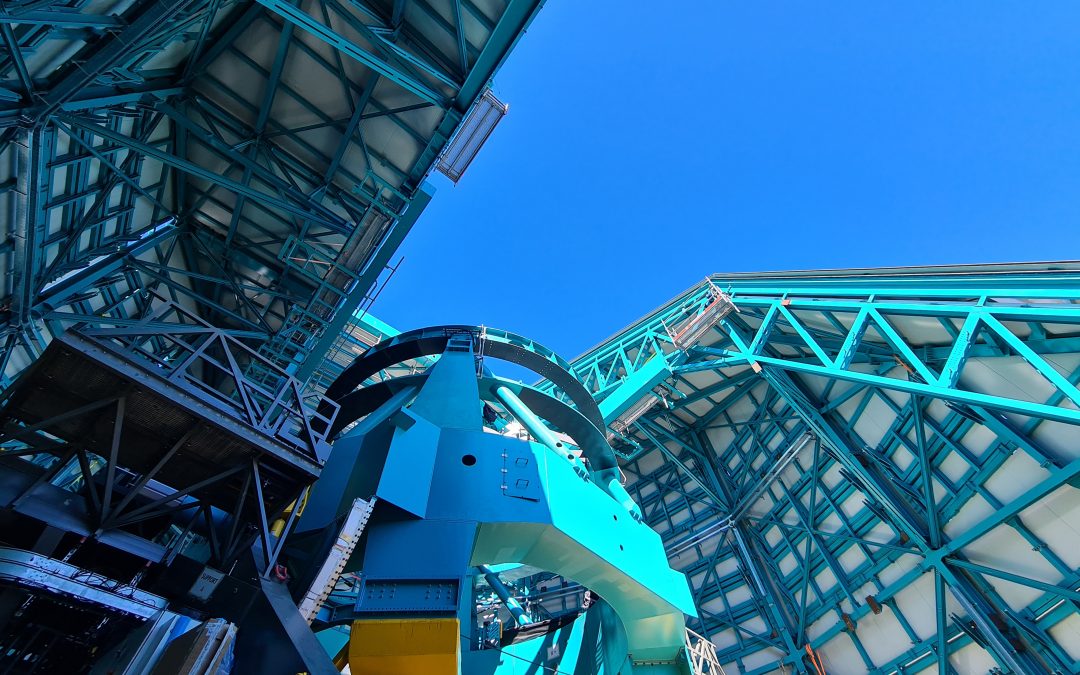
In a rare moment of weakness, Pamela has decided she’s open to the possibility that a future exists. That missions, telescopes and spacecraft are going to be built and they’re going to do some science. Today we’ll talk about what we’re looking forward to before she changes her mind and ruins Fraser’s naive optimism for the future.
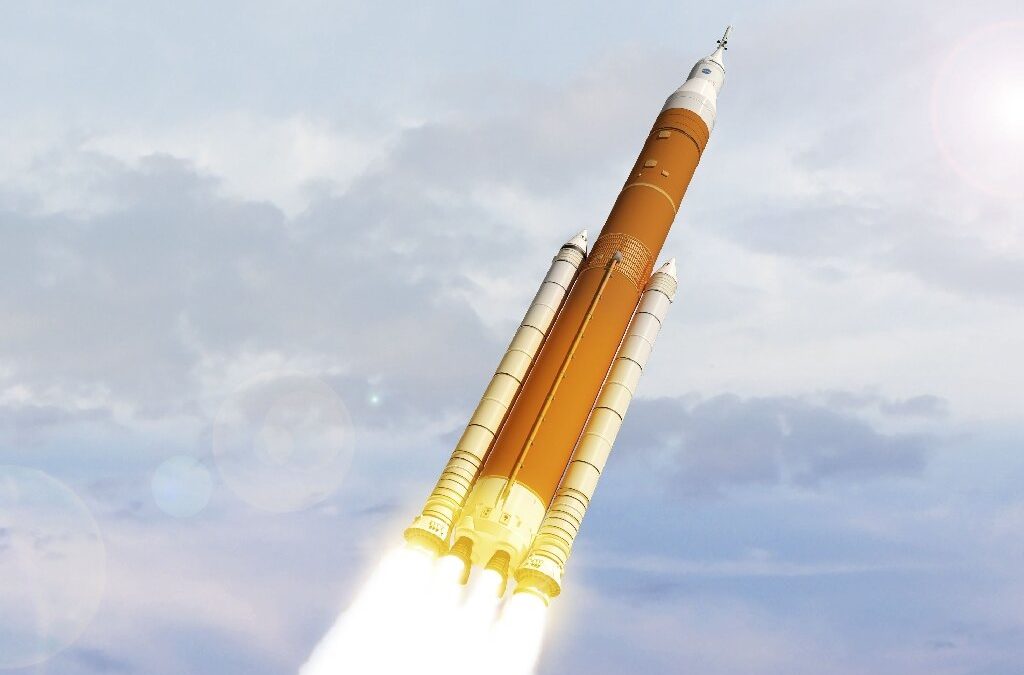
With all the success of James Webb so far, it’s looking like science’s huge gamble is going to pay off, but there were years of delays and budget overruns. What impacts did these delays have on science, careers, and the future of space exploration?
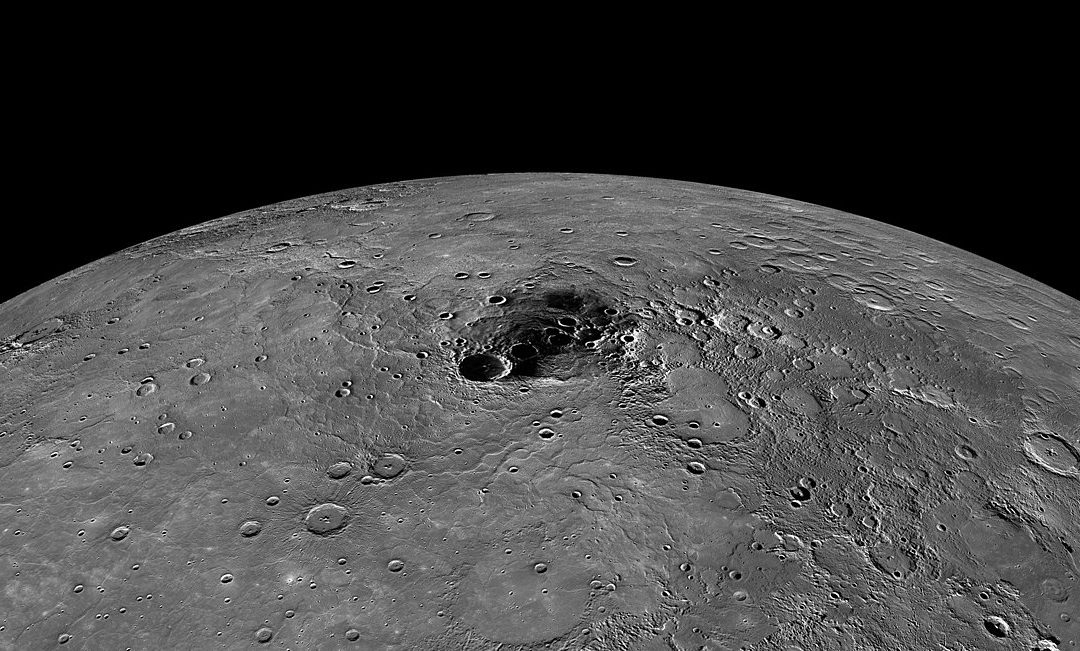
It’s been about a thousand years since we last looked at Mercury, so we figured it’s time for an update. What new things have we learned about Mercury, or even new questions? Fortunately, there’s a mission on the way to help get us some answers.
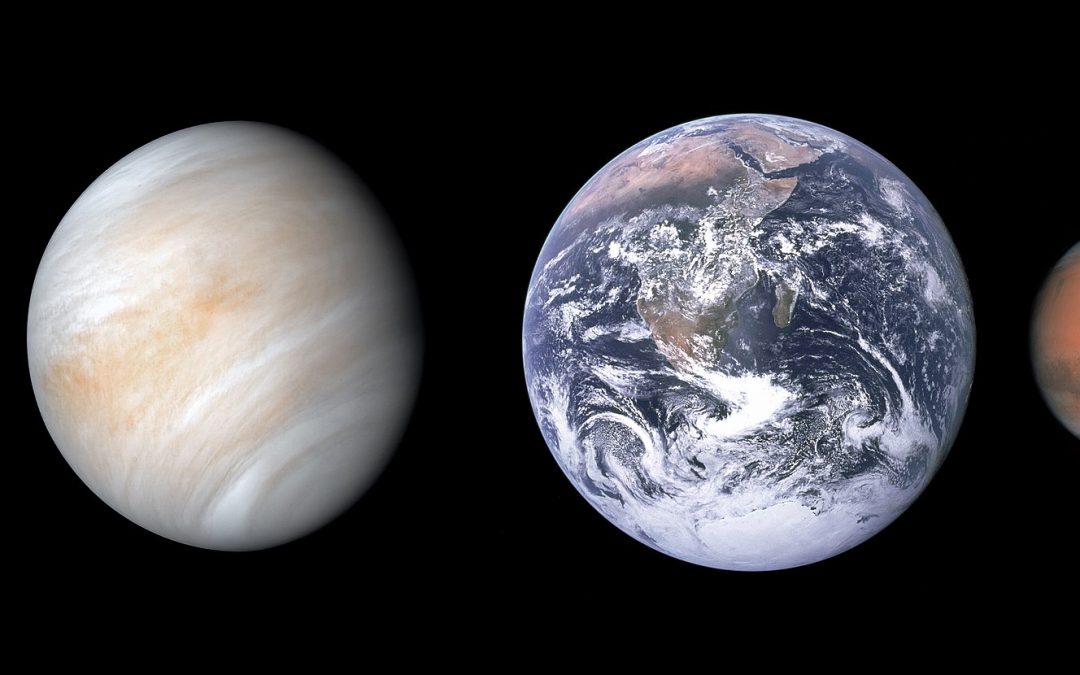
We continue our refreshed tour of the Solar System, checking in on the inner terrestrial planets: Mercury, Venus, Earth and Mars. What have we learned about their formation, evolution and what they might tell us about other planets in the Universe?
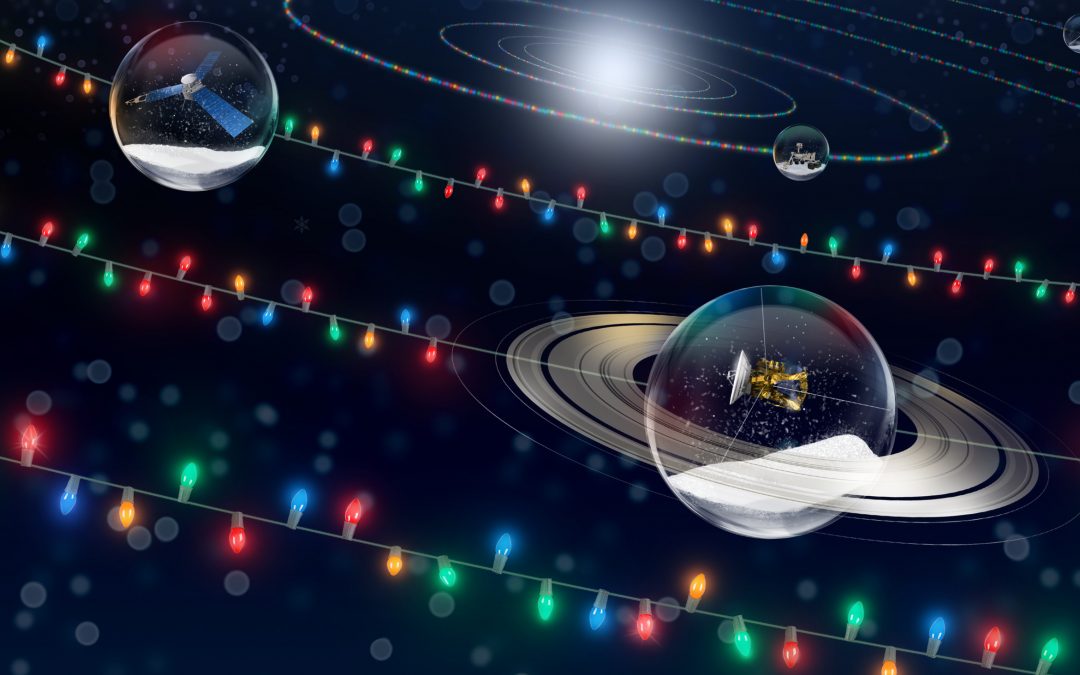
We’ve reached the end of 2021, and this is the last episode of the year. Let’s look back at the big space events of the last year and talk about what we’re looking forward to in 2022.
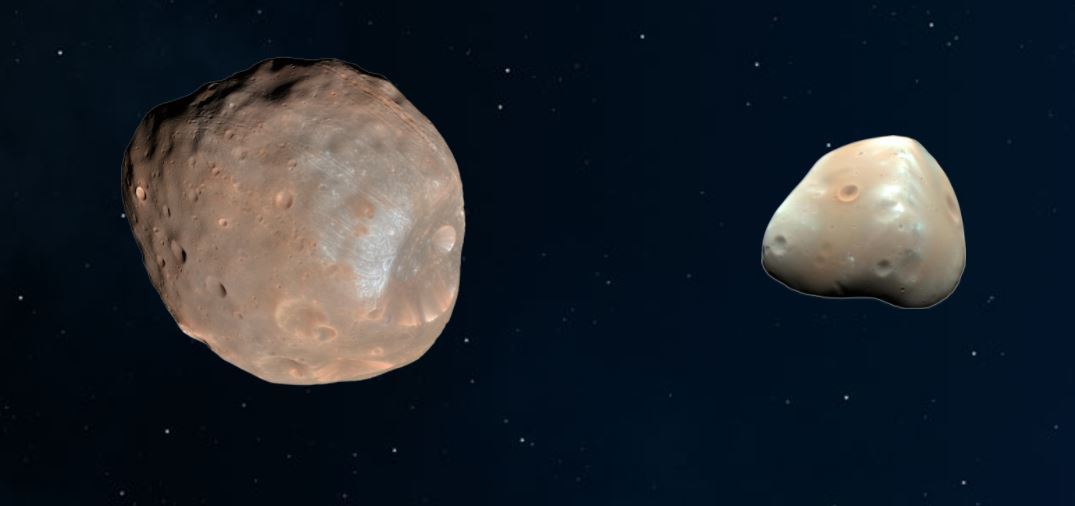
We’ve talked about the icy objects of the Solar System, today let’s talk about space rocks. There’s a surprising variety of rocky material in the Solar System, and each object has a story to tell about the history and formation of the planets, moons and other rocky bodies.